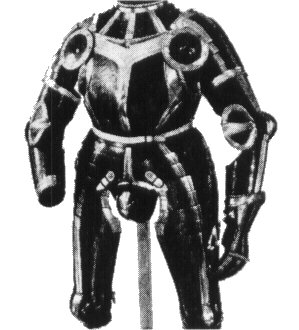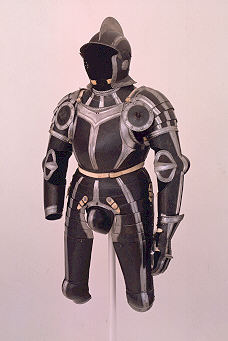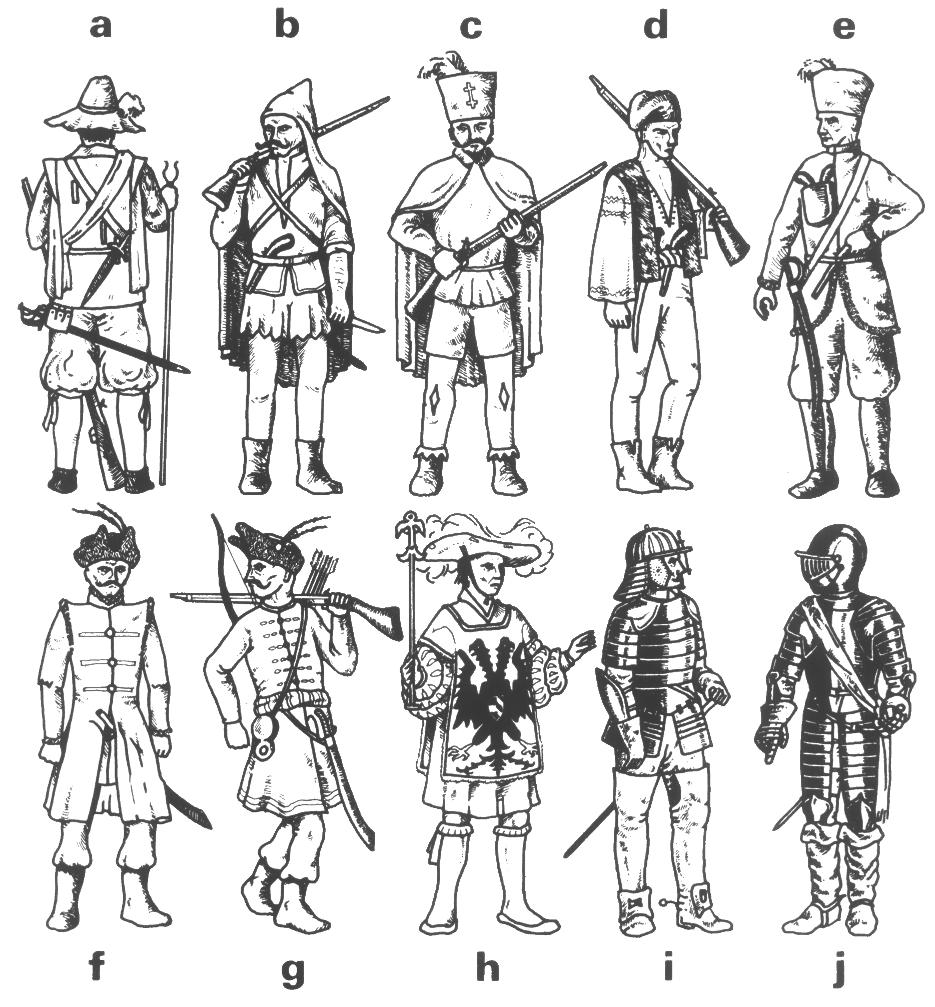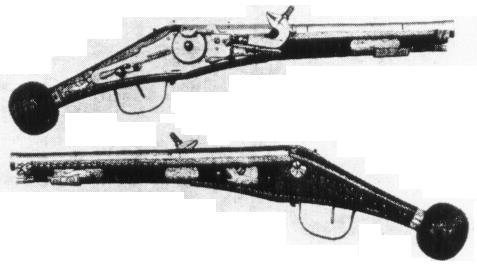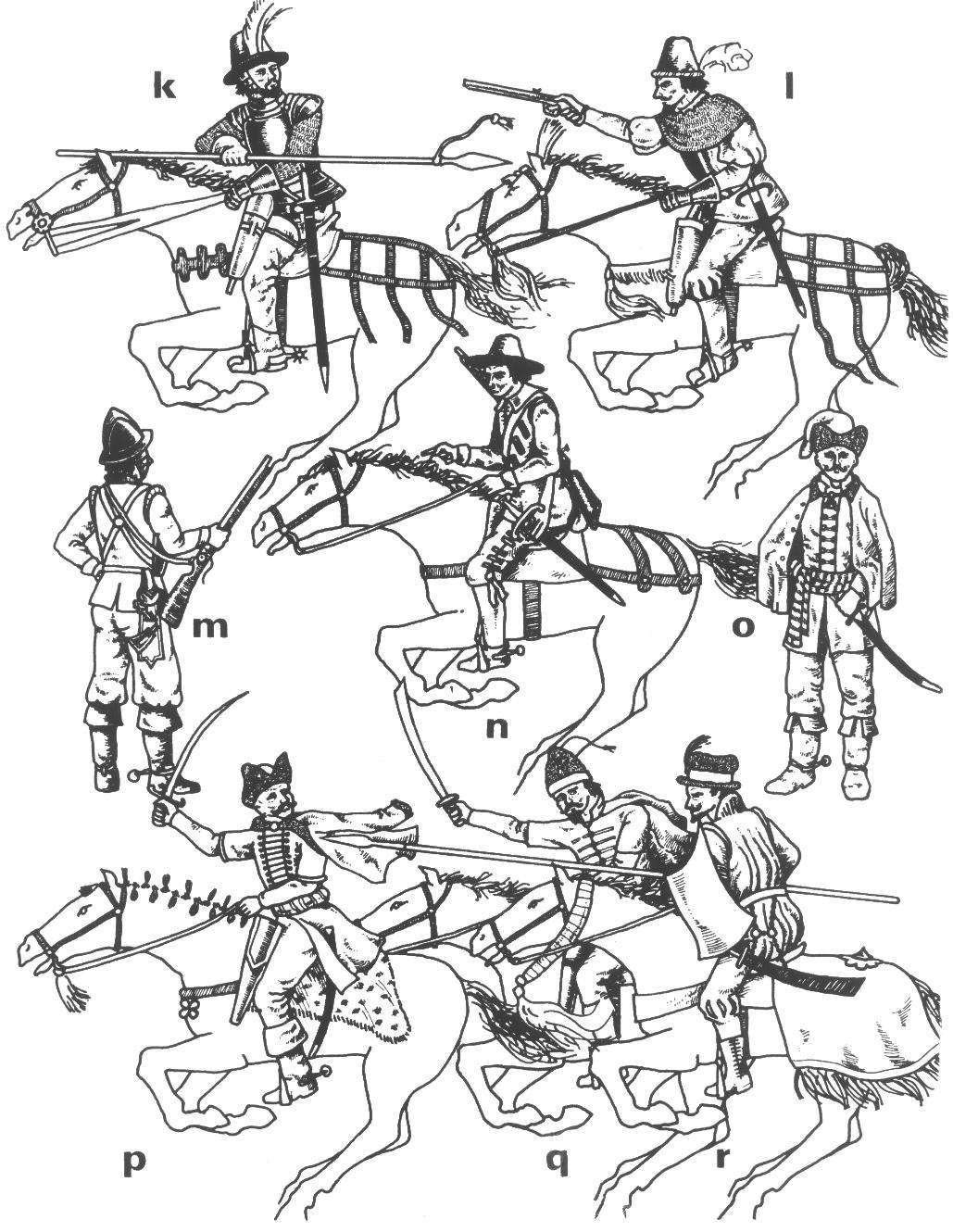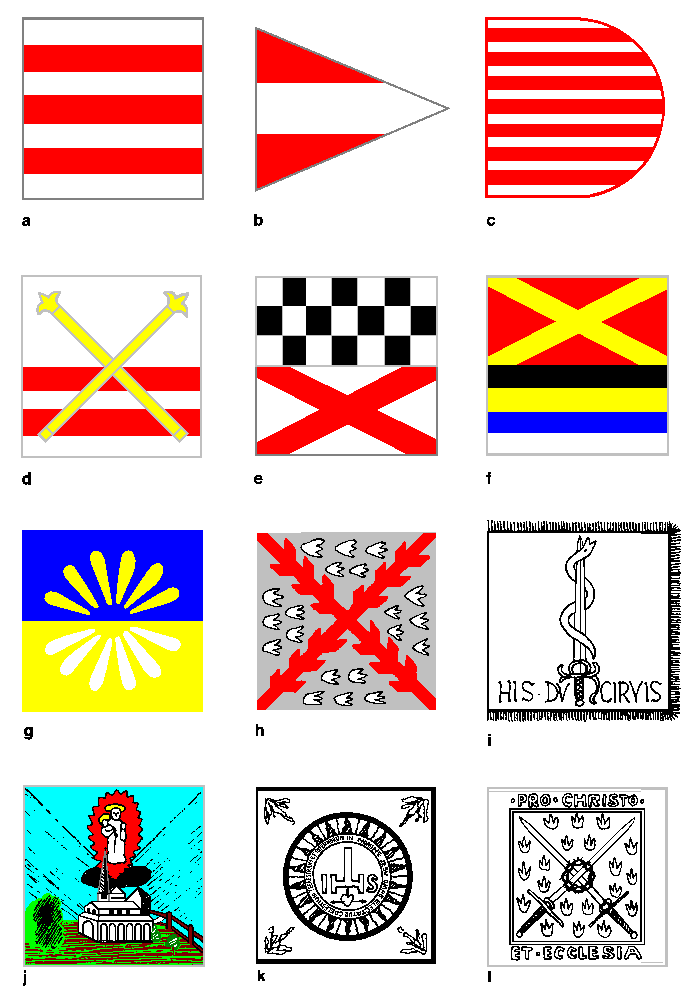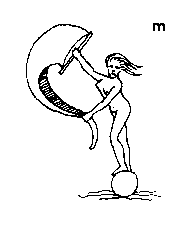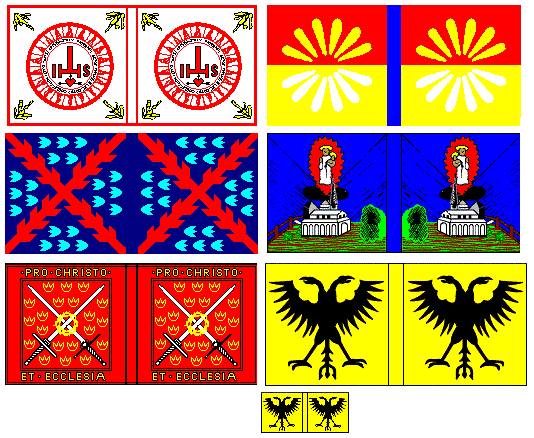|
|
Previous: Part 16 - The French by George Gush
Next: Part 18 - Persians and other easterners by George Gush
Return to Contents of Renaissance Warfare by George Gush (Airfix Magazine Articles)
See also:
Light Horsemen by Albert Dürer, 1489
The appearance and equipment of German light cavalry in the early 16th Century by Daniel Staberg
Knight, Death and the Devil by Albert Dürer, 1513
Maximilian I's The Adventures of the Knight Theuerdank, 1517
The Triumph of Maximilian
Emperor Charles V in procession after his coronation by Pope Clement VII in Bologna on 24 February 1530, by Nicolaus Hogenberg
The Entry of Emperor Charles V into Augsburg, 1530, by Jörg Breu
Landsknechts & German Lancers in 'Sermon of John the Baptist', by Lucas Cranach the Younger, 1549
Examples Of Imperial Military Dress (after Joseph Amman) c.1578 by Simon Chick
Illustrations of Hungarian Costume & Soldiers
Other 16th Century Illustrations of Costume & Soldiers
|
|



